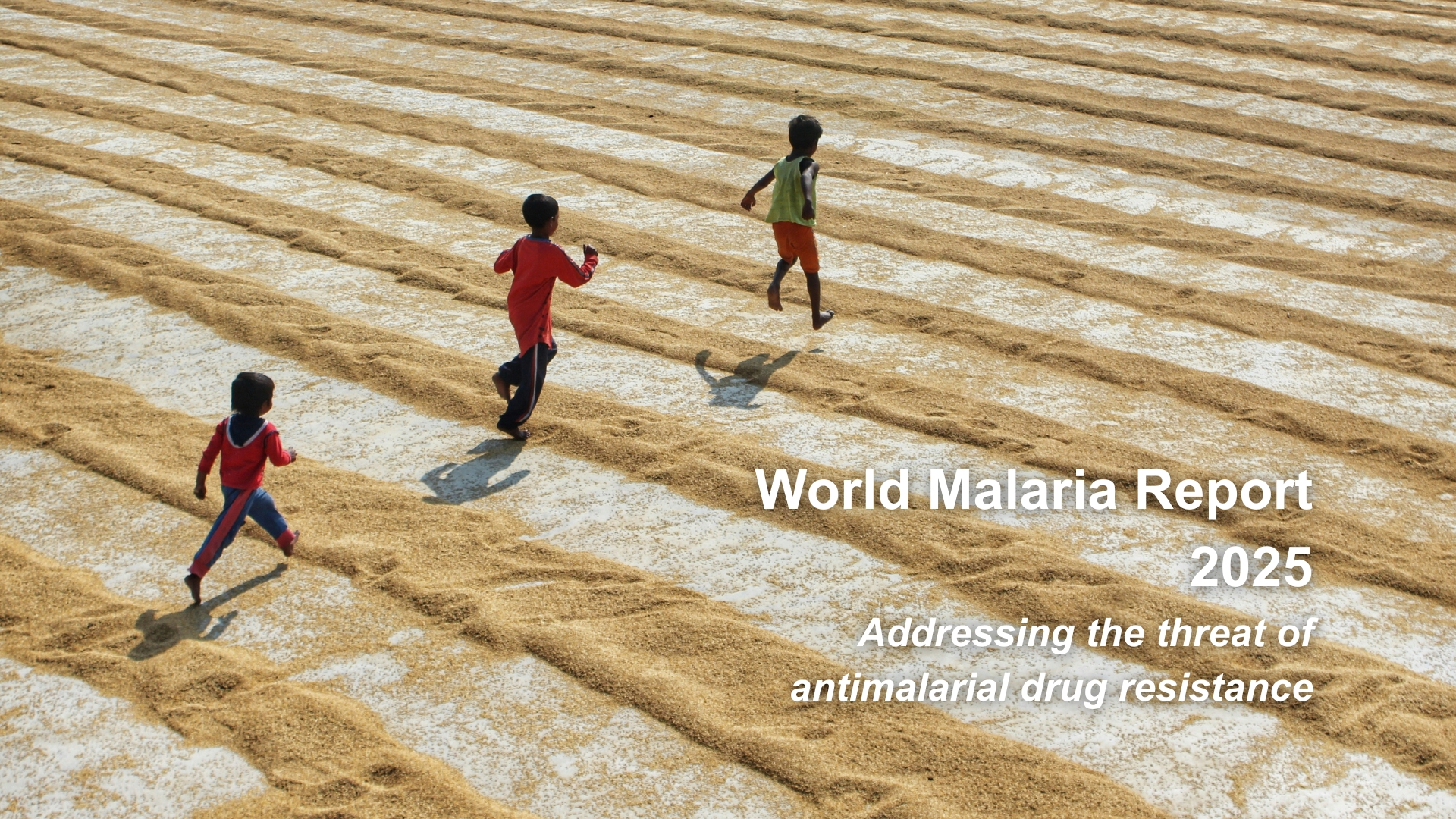
By Dr Benjamin Rolfe, Executive Secretary, Asia Pacific Leaders Malaria Alliance
Resistance to artemisinin drug is emerging in precisely the same part of the world where chloroquine lost its potency
It is a nightmare that still haunts malaria experts. Some 40 years ago in Southeast Asia, malaria began to develop resistance to chloroquine, the drug that for years had helped keep the disease at bay. Before long, resistance to chloroquine had spread into India, and then went on to ravage Africa before setting off a global malaria outbreak. Years of gains in the fight against malaria were reversed as the number of deaths spiked around the world. Experts are now warning that history may be about to repeat itself.
With what feels like an unnerving déjà vu, resistance to artemisinin — the current mainstay of malaria treatment worldwide — is emerging in precisely the same part of the world as chloroquine lost its potency. Signs of resistance to artemisinin were first detected in western Cambodia in 2006, and since then the problem has also been detected in Laos, Myanmar, Thailand and Viet Nam.
Intense efforts are underway to contain the growing problem, but identification of resistant parasites in eastern Myanmar, more than 1,000 kilometres away from ‘ground zero’ in Cambodia, has heightened concerns that India may be next.
Since 2005, India’s front line of defence against malaria has been artemisinin combination therapies, which combine the fast-acting qualities of artemisinin with one of several longer-lasting drugs. Should artemisinin fail, malaria could resurge: India would likely not only serve as a springboard for a new global malaria crisis, but the country’s people and health system would take a body blow. Sickness and deaths would multiply.
On top of this, India’s stellar economic growth of recent years could be trimmed by loss of production, side-lined manpower and the extra cost of fighting infection. Bangladesh, which is also potentially at risk, would face similar challenges.
India has built up a vast health infrastructure at primary, secondary and tertiary care levels. Its strengths are a well-developed administrative system, good technical skills in multiple fields, including malaria, and a remarkable network of public health institutions for research, training and diagnostics.
But a rapidly growing population and near-static levels of public health expenditure have left the public health system fragile. The problems are particularly acute in remote areas far from the major cities, where inadequate access to health care places a disproportionate burden on the poor, women and ethnic minorities.
It is in these same hard-to-reach areas that fighting malaria is proving most difficult. A lack of health workers and laboratory technicians, compounded by shortage of malaria inspectors, is affecting surveillance and service delivery, and is leaving experts unsure about the true state of affairs. What is certain is the fact that in poor communities, malaria is a debilitating affliction, trapping its victims in a vicious downward cycle of poverty, sickness, loss of income and more poverty.
India is under siege, and it knows that it cannot fight the threat of artemisinin resistance at its borders. Just as Ebola has to be tackled at its source in west Africa, so the focus of the malaria effort must be to ensure that resistant parasites do not break out of the handful of countries where, for now, they are known to be located.
This is why India, besides playing a leading role in a host of regional and global initiatives, is deeply involved in the work of the newly formed Asia Pacific Malaria Leaders Alliance, which brings together heads of government committed to battling malaria, with the Manila-based Asian Development Bank as its secretariat.
India’s Health Secretary, Lov Verma, is co-chair of an Alliance task force devoted to the regulation and distribution of safe malaria medicines and other products. Given India’s role as a major manufacturer of generic drugs, there is probably no one better placed to oversee this crucial element of malaria control. Malaria is treatable and beatable, but the threat from a worldwide resurgence of the disease is growing.
Asia must launch an urgent all-out offensive against the disease and against resistance — or risk suffering the same nightmare and its consequences as 40 years ago.
Remarks: the article was published in the Hindu, on 5 November 2014. View original source here.
.svg)


.jpg)






